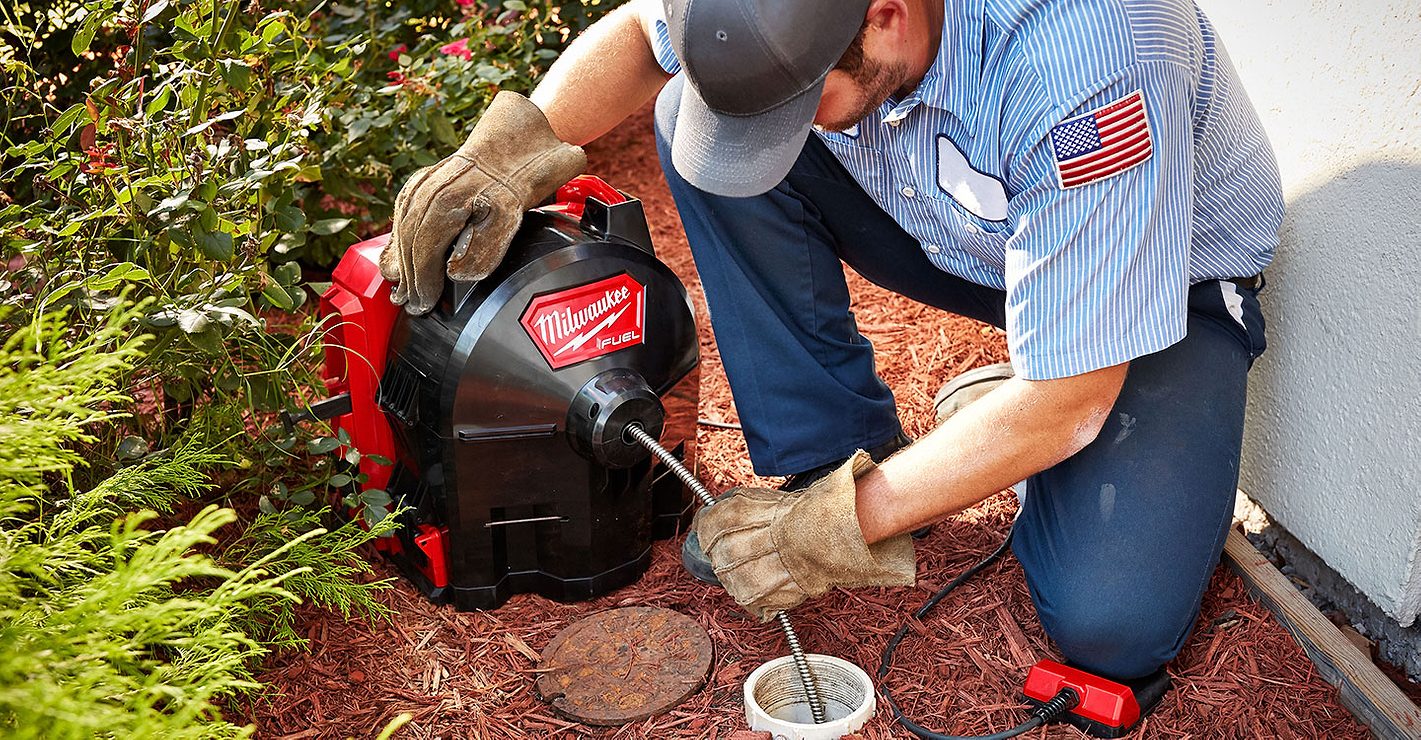
Water treatment products encompass a broad array of technologies taking shape across a wide range of configurations. In their simplest form, these products require little to no installation. A pitcher or carafe filter, for instance, is not connected to the plumbing whatsoever. And almost anyone can handle installation of a faucet mount device that threads onto the end of the spout.
At the other end of the spectrum, some products can have complicated installations requiring permanent plumbing connections, bypass valves, waste lines and other requirements. These types of installations can prove challenging even to experienced do-it-yourself consumers, thus creating opportunities for plumbing contractors. Many homeowners shy away from plumbing work, understanding full well the consequences of leaky connections (or the inability to cook dinner because the unsuccessful installation attempt resulted in no water for the house!).
A number of installation issues and requirements are addressed through the NSF/ANSI Drinking Water Treatment Unit (DWTU) Standards, facilitated by NSF International. Seven of these standards address residential water treatment equipment (see Table 1). A voluntary, consensus process involving manufacturers, regulators and users of water treatment equipment is used to develop the requirements for these standards. The result is a thoughtful set of requirements that establish minimum, but conservative, requirements for material safety, structural integrity, general performance, contaminant reduction performance, and product literature.

Installation - Issues And Requirements
Following are some installation issues that can arise with different types of water treatment equipment, and how the NSF/ANSI DWTU Standards address them.
Whatever POE system you install, consideration of potential water demand and pressure drop is a must. Many plumbing codes deal with these issues in terms of sizing requirements, but sizing requirements alone may not suffice if the systems have flow control devices.
When evaluating treatment systems, verification of the product's quality, safety, durability and ability to perform as advertised is important. One good way to assure that water treatment products are both safe and effective is to use NSF-certified water treatment devices. When you find the NSF mark on the product or on its packaging, you can be assured that the product has undergone rigorous testing according to the applicable NSF/ANSI Standard(s).
This testing includes extraction testing for material safety, contaminant reduction testing to verify the manufacturer's claims of performance, and structural integrity testing to verify the ruggedness and durability of the product. Additionally, NSF certification requires that ongoing audits of manufacturing facilities are being conducted to verify ongoing continuity in manufacturing.
Proper Installation Is Essential
There is a reason many homeowners shy away from installing water treatment equipment - they are afraid of screwing it up! So many problems can arise from poor installation jobs, including leaks, lack of pressure, difficulty in servicing the system, backsiphoning of wastewater and more. Recognizing this reality, even many avid do-it-yourself homeowners call on professionals to handle these installations.As a professional, installation of water treatment equipment may not be your main line of business. It is important to be aware of potential issues that can arise from these projects, so that you as a professional achieve excellent results, and do not end up suffering any of the pitfalls that the amateurs wish to avoid!
About the author: Rick Andrew has been with NSF International for seven years, working with certification of residential drinking water products. He is the operations manager of the Drinking Water Treatment Units Program, having previously served as technical manager for four years. His prior experience was in the area of analytical and environmental chemistry consulting. Andrew has a bachelor's degree in chemistry and an MBA from the University of Michigan. He can be reached at 800/NSF-MARK or e-mail: Andrew@nsf.org.



